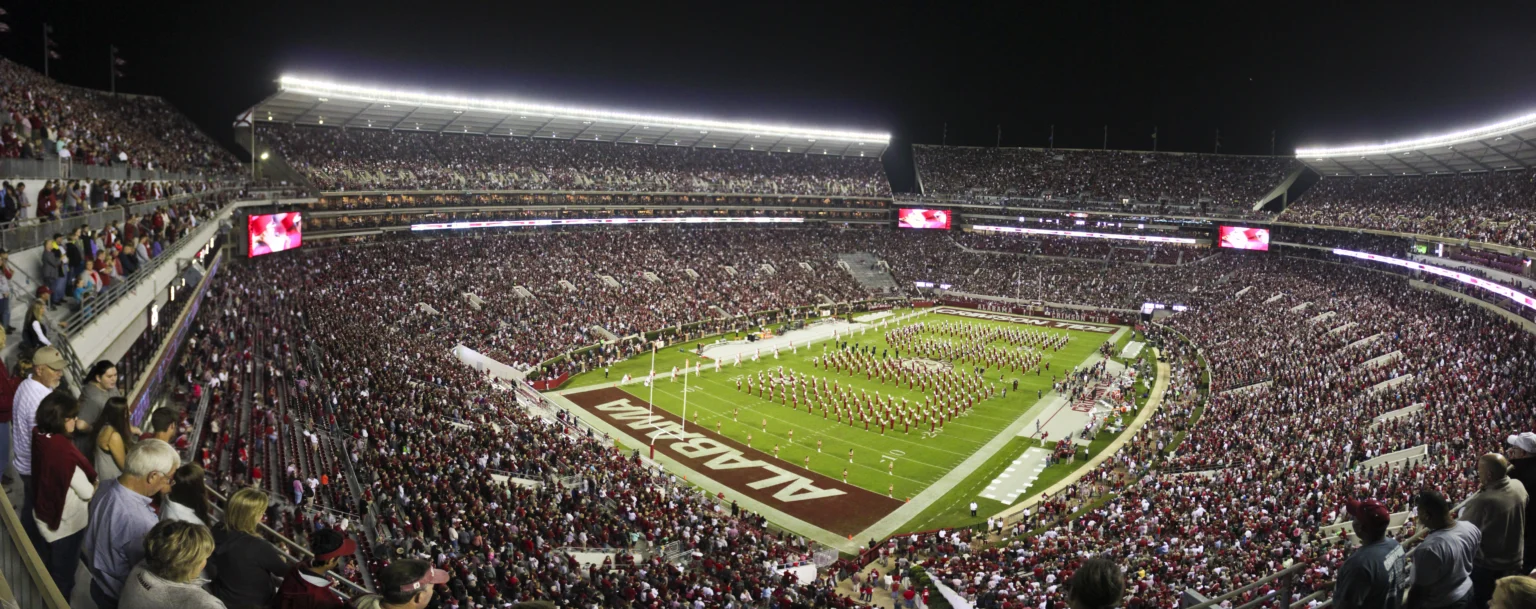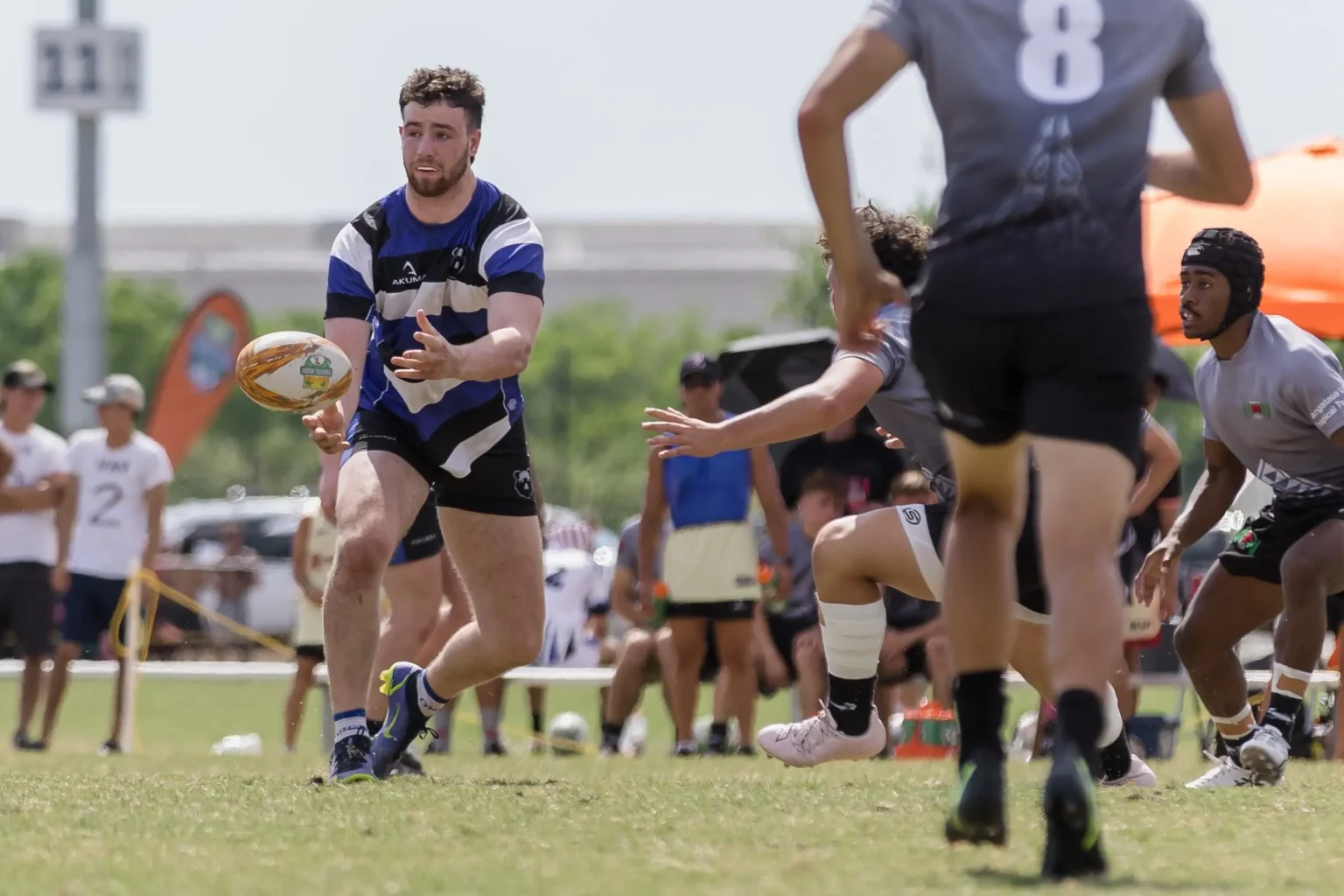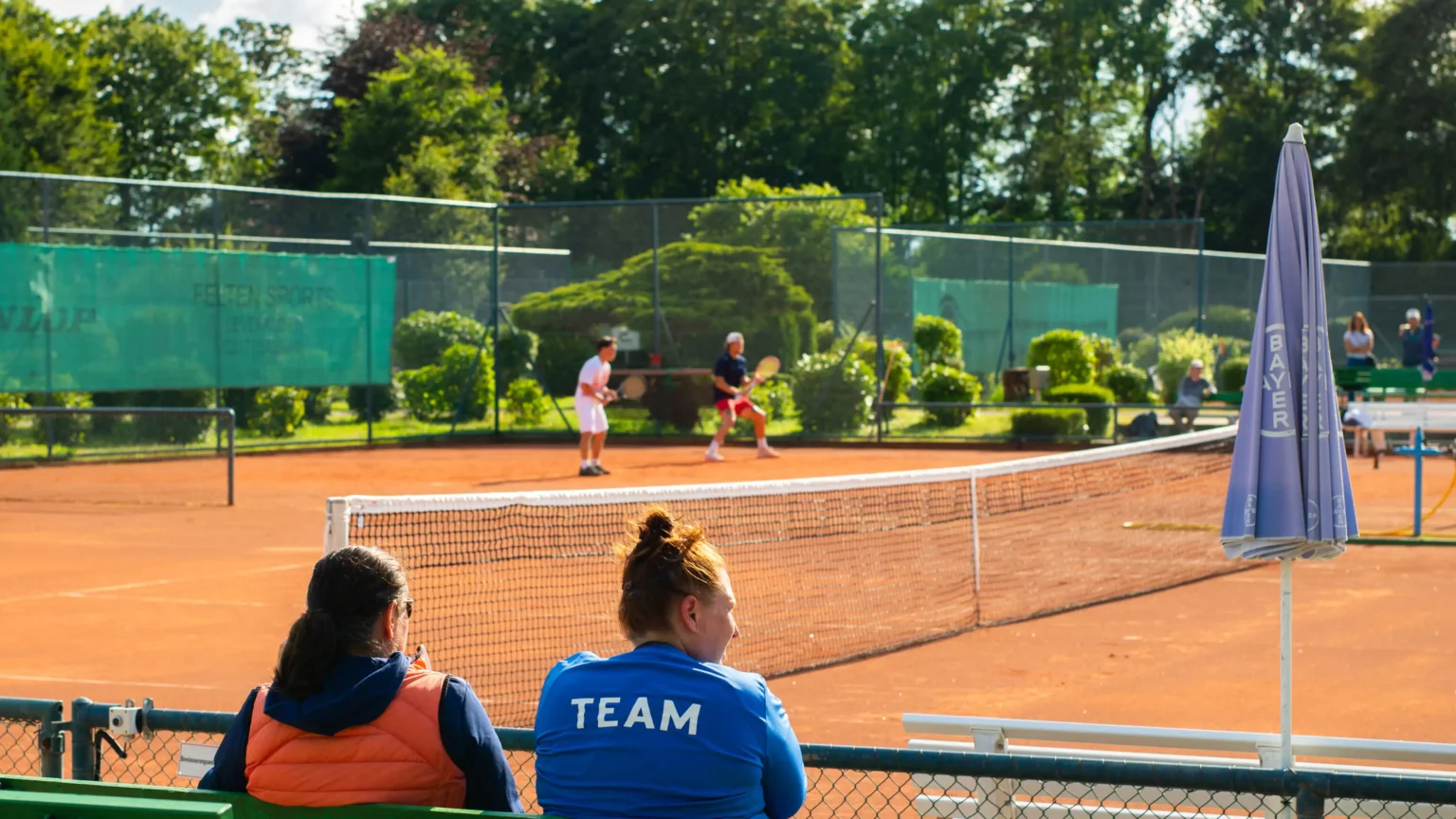
NAIA VS NCAA: Main Differences
Learn more about the key differences, divisions, scholarship opportunities, and requirements
Are you planning to compete and study at a U.S. university? Before you start the recruitment process, it’s essential to understand the difference between NAIA vs NCAA and the opportunities provided by each of them.
In the United States, there are three main athletic organizations: the NAIA, NCAA, and NJCAA. Each of these organizations has its own divisions, requirements, and scholarship opportunities. In this guide, we’ll break down the key differences in college divisions to help you make an informed decision
What is the NCAA?
The NCAA (National College Athletic Association) is the largest and most recognized college sports organization. The NCAA has thousands of student-athletes across various sports, and higher recruiting standards and requirements than the other organizations.
Number of universities: Over 1,100 member universities.
Divisions:
- Division I: The highest level of competition in college athletics. Here we can find the largest universities with top resources. Many athletes at this level aim to play professionally.
- Division II: Offers a high level of competition but not as demanding as a DI.
- Division III: Prioritizes education, with more flexible athletic schedules to accommodate academic demands.
Scholarships: DI and DII offer athletic and academic scholarships. DIII does not offer athletic scholarships but provides academic and merit-based financial aid.
Unlike professional leagues, universities within the NCAA cannot be relegated or promoted between divisions, meaning schools remain in their assigned division regardless of end of the season results.
What is the NAIA?
The NAIA (National Association of Intercollegiate Athletics) is a college sport organization. The organization features smaller universities but still provides competitive athletics and scholarship opportunities. These universities are often more affordable and have fewer entry requirements compared to NCAA schools. In addition, NAIA programs have fewer hours of practicing and competition, which provides athletes with a more flexible schedule to combine athletics, academics and social life.
Number of Universities: Around 250 universities.
Divisions: There is only one division.
Scholarships: NAIA offers athletic scholarships similar to the NCAA DII. It also provides more flexible academic scholarship opportunities.
What is the NJCAA?
The NJCAA (National Junior College Athletic Association) is an organization that includes two-year universities. These are also known as junior colleges (JUCO) or community colleges. Student-athletes can attend junior college for the first two years and then transfer to a four-year university to complete the remainder of their bachelor’s degree.
Number of Colleges: Over 500 member colleges.
Divisions:
- Division I: Highest level of competition at JUCO level, with intense training, national tournaments, and opportunities to play against top talent.
- Division II: Balances academics and athletics, with competitive sports and a strong focus on personal development.
- Division III: Emphasizes academics and personal growth, with a competitive sports environment and a close-knit campus feel.
Scholarships: DI and DII offer athletic and academic scholarships. DIII doesn’t offer sports scholarships, only academic or need-based aid.
Like the NCAA, junior colleges do not have a promotion or relegation system between divisions.

Comparing College Sports Divisions: NAIA vs NCAA vs NJCAA
When comparing NAIA vs NCAA vs NCJAA, it’s important to consider:
- NCAA DI has the highest level of competition, attracting top athletes and more exposure. It also involves the most rigorous schedules and frequent long trips, often including flights for games and tournaments. High commitment and great time management are key.
- NCAA DII and NAIA are similar in competitiveness, with some NAIA programs rivaling NCAA DII teams. In both cases, these programs compete against other universities within their region, reducing travel time. Schedules are more flexible and not as demanding as DI. Smaller campuses can mean closer relationships with professors and coaches, fostering a tight-knit community atmosphere.
- NCAA DIII focuses more on academics but still offers a strong athletic experience. Athletes can participate in campus life, student organizations, and internships more freely.
- NJCAA provides a pathway for athletes to develop their skills and transfer to NCAA or NAIA programs. Junior colleges offer numerous advantages, especially for international student-athletes. JUCOs tend to be the most affordable option and have less entry requirements.
Which One is Right for You?
Choosing between the NAIA, NCAA or NJCAA depends on your athletic ability, academic goals, and scholarship needs. Each association offers unique opportunities, so it’s important to research and determine which fits your ambitions best.
Do you have any questions or are you unsure what is a better option for you? At Keystone Sports we offer personalized guidance in finding the right university and scholarship opportunities.
Interested in playing college sports? Fill out our free evaluation and learn more about your options!
Share this article:

About the author
Lorena Montañés
Lorena Montañés, SEO Specialist at Keystone Sports, pursued her career in the U.S., playing DI soccer at California State University, Fresno. There, she earned degrees in Mass Communication & Journalism and Psychology. She later completed an MBA in Business Analytics while coaching at a Division II university. Now, she aims to empower other student-athletes to achieve their dreams and have a life-changing experience.
More related articles

What are College Esports Scholarships, and How Can You Secure One?
Esports has skyrocketed in popularity and has evolved into a competitive sport. The exciting news? U.S. universities are now offering scholarships for esports players! In this article, you’ll get all the details on how to secure a college esports scholarship.

How to Get a Rugby Scholarship in the US
With the growing popularity of rugby in American universities, more opportunities are becoming available for international students to obtain rugby scholarships. Here’s everything you need to know about scholarships for rugby and how to get one!

Your Guide to Transfer Universities as a Student-Athlete
Transferring universities as a student-athlete can be a complex process, but with the right support, it’s an opportunity to elevate both your academic and athletic career. Keystone Sports simplifies every step of the process to find your perfect fit!





